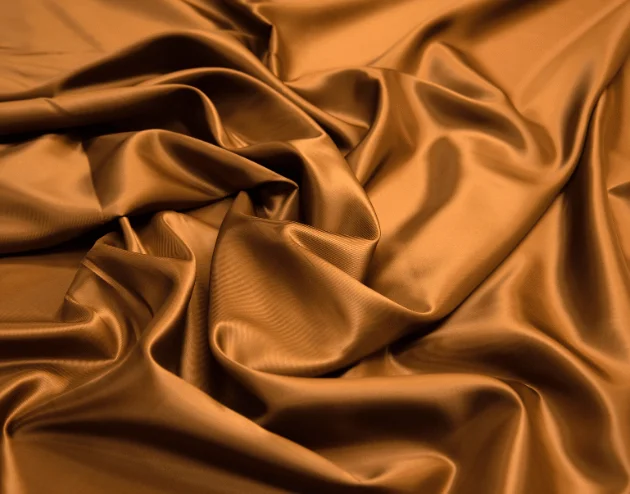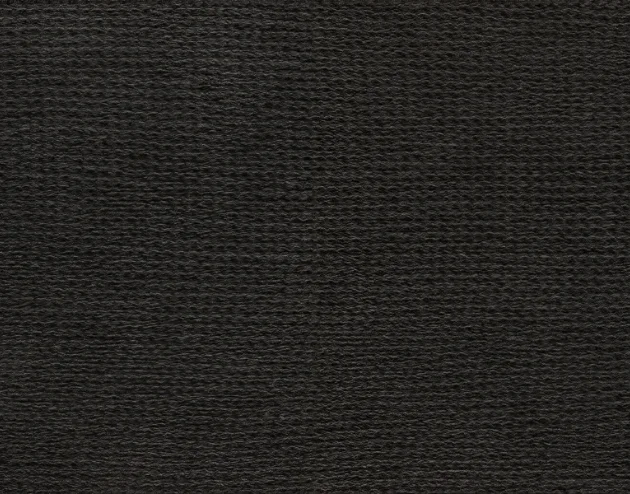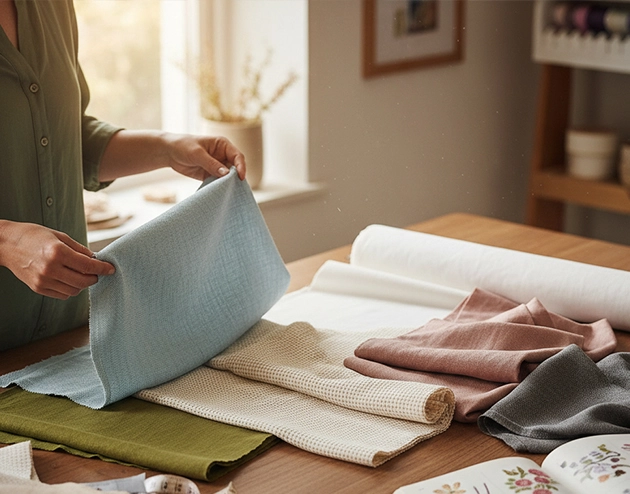Best Fabric for Embroidery: Materials That Deliver Perfect Stitches
Every stitch tells a story, but the fabric decides how clearly it’s heard. Too stiff, and your needle drags. Too loose, and your threads sink out of shape.
The perfect fabric holds your design steady, lets your colors breathe, and gives your embroidery the finish it deserves. Whether you’re stitching by hand or machine, the right material makes the difference between “good enough” and truly beautiful work.
In this guide, we’ll uncover the fabrics that professionals trust for clean edges, lasting color, and effortless stitching, so every pattern you create looks as perfect as you imagined it.
Let's find out











